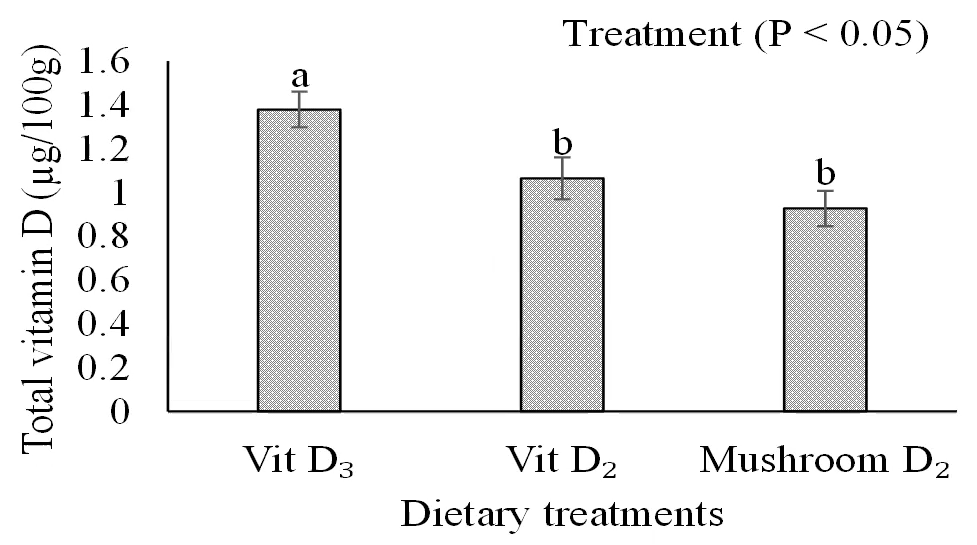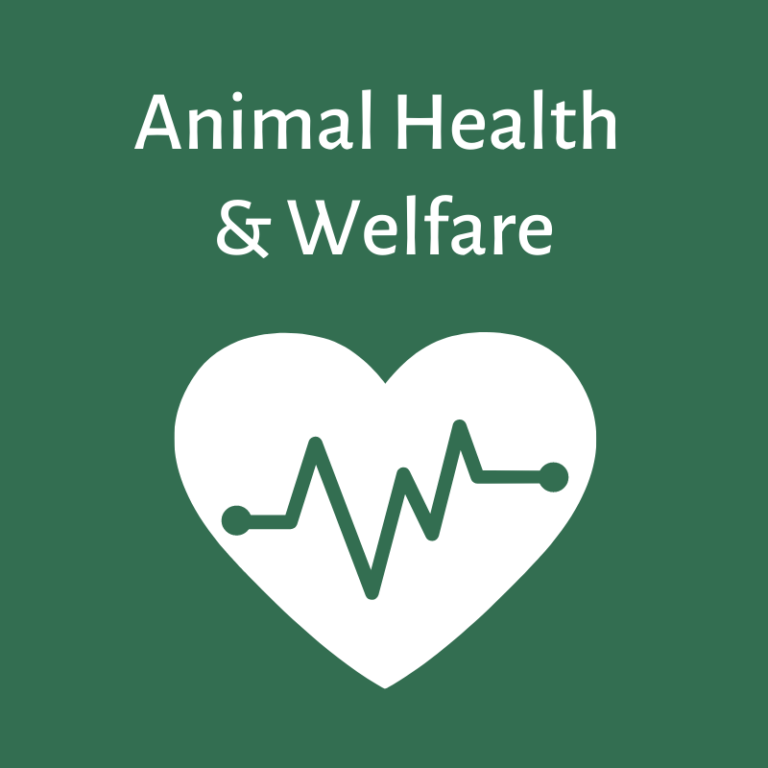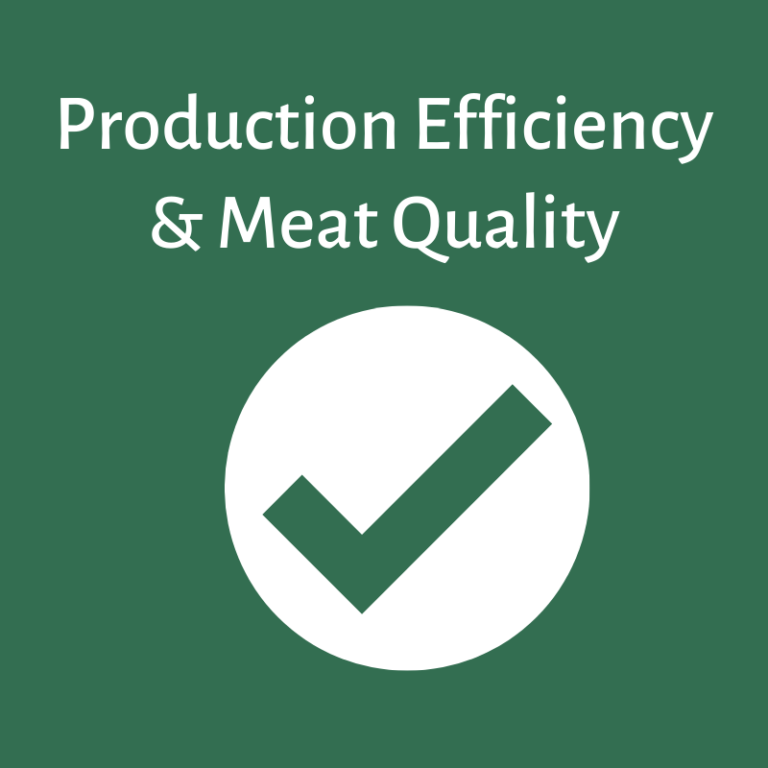Vitamin D is essential to promote calcium absorption and maintain normal bone function and skeletal health in humans. Due this, vitamin D deficiency and associated health risks are very much to the forefront of public health policy.
Vitamin D exists in two forms: cholecalciferol (vitamin D3) produced by the human body through ultraviolet (UVB) rich sun light exposure and from animal-based food products, or ergocalciferol (vitamin D₂) derived from exposing ergosterol, a common steroid found in plants, fungi and yeasts.
Since beef is widely consumed, it represents a recognized source of natural vitamin D and more importantly the 25-OH-D metabolite which is more biologically active at increasing total vitamin D content. But per se 100 g of beef only provides around 4% of the adult Estimated Average Requirement (EAR). As the beef is potentially very important food sources of vitamin D, their vitamin D content may be boosted further through the process of biofortification in which additional vitamin is added to the feedstuffs of the animals.
A recent study from Ireland compared three sources of vitamin D enriched diets offered to heifers during the last 30 days of fattening: 1) basal diet + 4000 IU of Vitamin D3 (synthetic source); 2) basal diet + 4000 IU of Vitamin D2 (synthetic source); and 3) basal diet + 4000 IU of Vitamin D2-enriched mushroom (natural source: UVB-exposed mushroom-derived vitamin D2).
The supplementation of heifers diets successfully enhanced beef vitamin D content by increasing to 20, 15 and 13% to the current EAR, respectively. The vitamin D3 supplementation was the most efficacious way to enhance total beef vitamin D activity than are natural or synthetic vitamin D₂ sources for a 30 day feeding period, as we can see in Figure 1. However, the vitamin D2-rich mushroom represents a natural and renewable source.
 Figure 1. Effects of dietary treatment on Longissimus thoracis total vitamin D content.
Figure 1. Effects of dietary treatment on Longissimus thoracis total vitamin D content.Furthermore, irrespective of vitamin D source no negative alterations to any sensory or meat quality parameters is an important finding from a consumer acceptance viewpoint. Dietary supplementation for a 30 day feeding period before slaughter, is a strategy that could aid in bridging the gap between current human vitamin D intakes and recommended requirements.
Indeed, previous work (Duffy et al., 2017) has successfully demonstrated the ability to enhance the content of vitamin D and/or 25-OH-D through short term dietary supplementation of vitamin D3, potentially allowing for a ‘High in vitamin D’ claim on the beef product, along with a modest improvement in beef tenderness.
Usefulness for the farmer
Besides to improve the meat quality, there are no negative impacts on animal performance or carcass characteristics and maybe an improvement in beef tenderness can be also achieved in vitamin D-fortified beef.
This theme was presented by Alan Kelly and can be seen below:
Impact on:
 | The highest price due the improved nutritional quality. |
 | |
 | The improvement in beef tenderness of muscles through short-term supplementation at allowable European Union inclusion levels. |
 |
Authors: Jakeline Vieira Romero, Alan Kelly and Virginia C. Resconi.
Source of information:
- Duffy et al., 2018. Food Chemistry. 256:18-24.
- Duffy et al., 2017. Meat Science. 134: 103–110.
- Lee et al. 2021. Animal. 15: 100257.